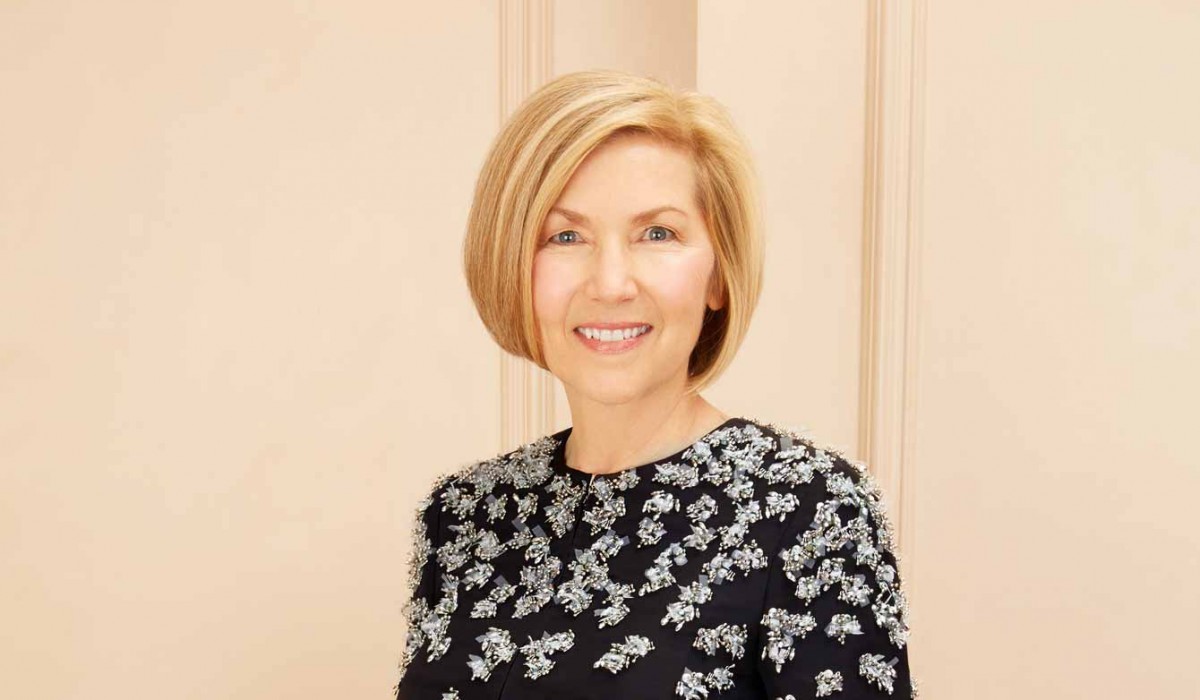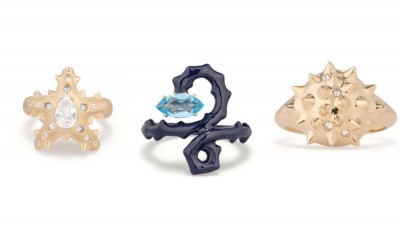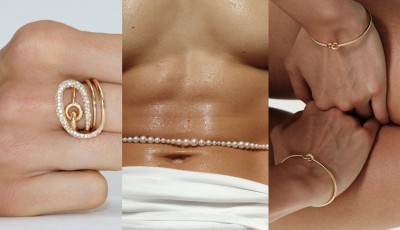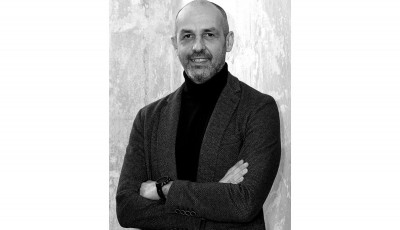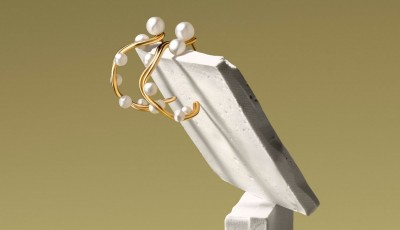In conversation with Deborah Nicodemus
Deborah Nicodemus, CEO of the online platform Moda Operandi, talks about the retail renaissance they started at the beginning, thanks to access, quality, customer care, their curating process and brick-and-mortar spaces
What is Moda Operandi’s DNA?
It is ‘runway fashion’. We are the only company offering pre-order runway fashion, giving us a unique position in the marketplace. Our goal is to continue to connect our consumers to designers through our online platform. Clients are given the chance to purchase looks without being limited to the edited selection made by a traditional retailer, omitting the fear of missing out on a piece they love.
What are the key points of your business model?
Launched in 2011 as the very first pre-order fashion site featuring designer collections straight from the runway, our core business – Trunkshow – puts the client first and allows her to make a purchase directly from the runway. We apply this model not only to fashion, but to Fine Jewelry and accessories.
[gallery columns="2" size="medium" ids="19367,19366"]
How does Fine Jewelry count for your business?
We started with Fine Jewelry in 2014 using our Trunkshow model. Our clients were looking for jewelry that met the same criteria we are known for in ready-to-wear: quality, curation, and access. In the past twelve months, we have seen an 80% increase in Fine Jewelry sales and look to double that this year.
Any figures to give us?
The format is the same as ready-to-wear Trunkshows: clients pay a 50% deposit with delivery between one week to three months. There are eight to ten jewelry Trunkshows live at one time and they are shoppable for four weeks. Fine Jewelry has three price point ranges: >$1,500, >$5,000 and >$10,000. The average order price is $7,000, highly influenced by the top tier of prices, as we often sell one-of-a-kind >$50,000. However, the showroom assortments (London and New York) are different. There are typically five designers and the assortment remains in the showrooms for five weeks. Our sales mix by country is relatively balanced with 60% in the US and the remaining 40% split between Europe, the Middle East and Asia.
What are the differences between selling online and in showrooms?
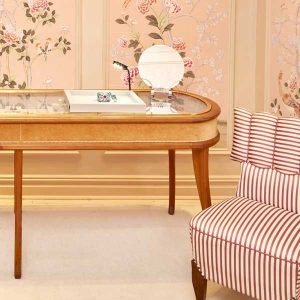
Moda Operandi is a high-tech, high-touch company, which has been a core value. As an Internet pure player, we needed to offer an offline experience, hence the development of our showrooms (London 2014, New York 2016). These function by invitation for our existing clients and provide opportunities for new referrals. We opened London first to learn the inherent challenges of operating a business where we weren't physically present. The showrooms follow the same format as our Trunkshow model, presenting new collections and emerging talents throughout the year. They offer a highly elevated experience, enabling Moda to provide clients with custom to commissioned designs across all merchandise categories.
Apparel and Fine Jewelry. How do they relate to each other?
There is a tremendous synergy. Our goal is to replicate the excitement and energy of the runway in our Fine Jewelry Trunk Shows as well as the spontaneity of the runway model with jewelry shows throughout the world, which we tested in February after Vicenzaoro.
What do you look for in a jewelry designer?
A distinct design style and impeccable craftsmanship, but we are also looking for talent that embodies our brand's identity of being fashion forward and a pioneer within his or her craft.
[gallery columns="2" size="medium" ids="19363,19364"]
Words: Federica Frosini


